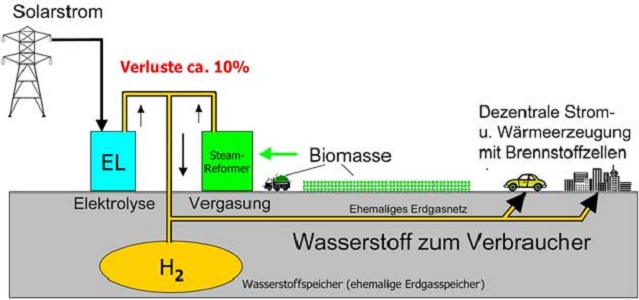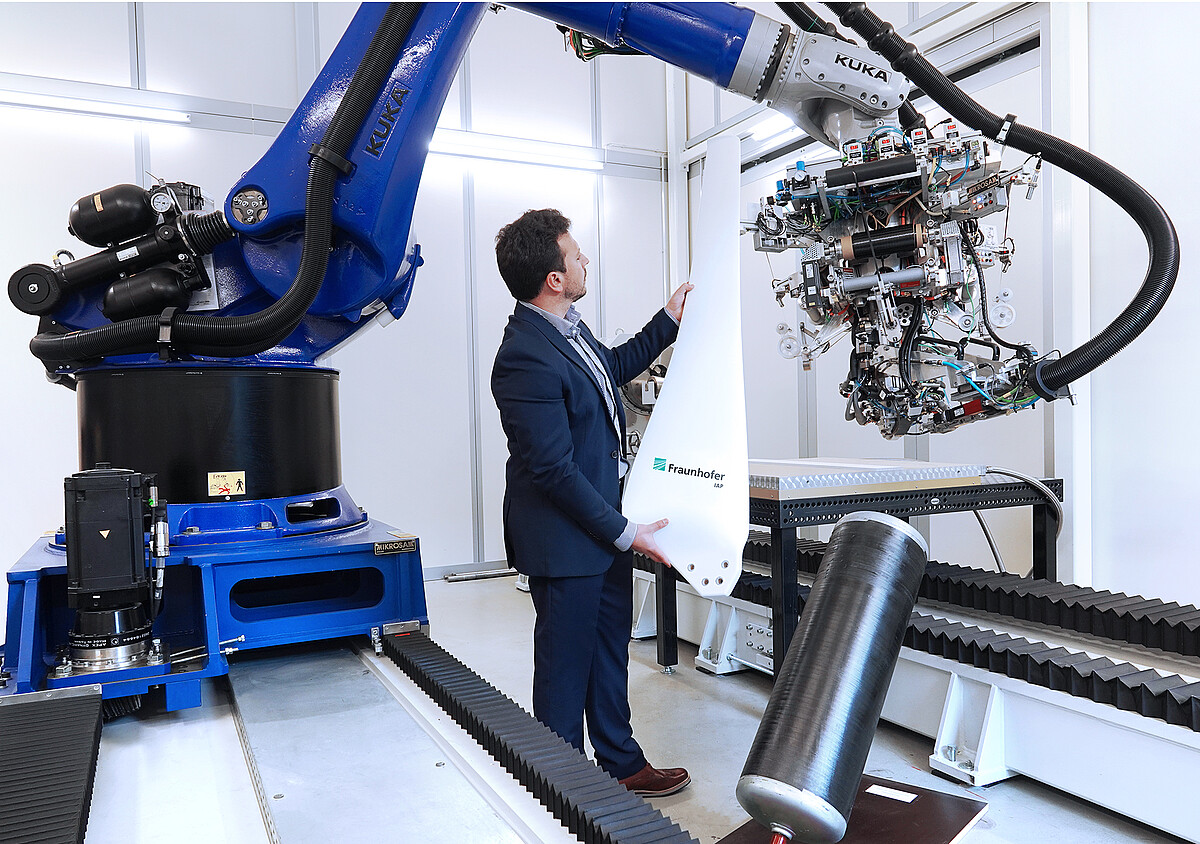Excerpt:
In the future, private customers will use small wind turbines to produce hydrogen for their own use. Lightweight construction experts from the Fraunhofer Institute for Applied Polymer Research IAP, BTU Cottbus and an industrial partner are now developing the key technologies for this: small efficient rotors and safe tanks.
According to the German Federal Environment Agency, private households today need around a quarter of the total energy consumed in Germany to generate electricity and heat. A good half of this energy is generated from natural gas and crude oil. In view of the worsening climate change, this balance is sobering. "Hydrogen produced from renewable energies will be much more suitable as an energy source in the future," says Prof. Holger Seidlitz, lightweight construction specialist at the BTU Cottbus-Senftenberg and head of the "Polymer Materials and Composites PYCO" research area at the Fraunhofer Institute for Applied Polymer Research IAP in Wildau. Together with his team and a medium-sized company, he is currently approaching the future of hydrogen from two sides at the same time: On the one hand, he has his eye on the generation of electricity, which is needed for hydrogen production. To this end, the cooperation partners are currently developing a small and efficient wind turbine. Secondly, the team is working on storing the valuable gas. To this end, it is producing new types of hydrogen tanks made of fiber composite materials.
Hydrogen for fuel cells and cars
"The wind turbine will be designed so small that even private individuals can put one in their backyard," explains Holger Seidlitz. "The hydrogen will then be produced on site in a small electrolyzer and stored in the tank." It will then power a fuel cell in the house, for example, which will produce heat and electricity at the same time.
Comment:
And now the only thing missing is the possibility to feed this hydrogen into the gas grid, and a hydrogen heat pump !
As well as a " kind of night storage control as day storage control for the purchase of surplus electricity for the production of hydrogen, or storage of electricity in a battery storage - and the possibility to feed electricity back into the grid.
This would eliminate the need to expand power lines!

